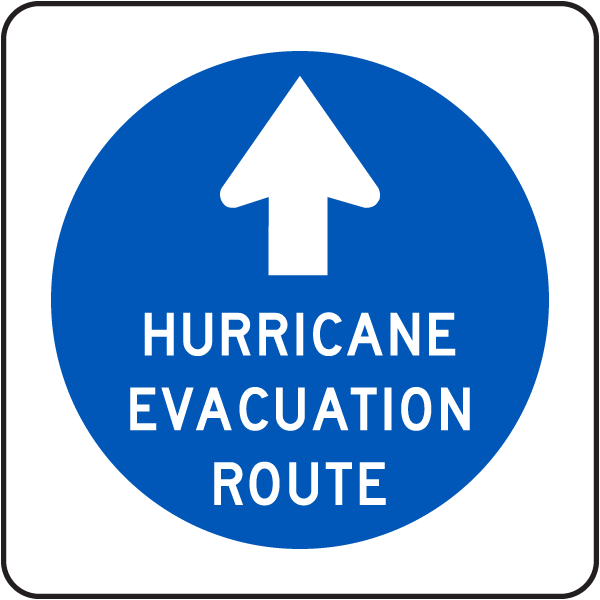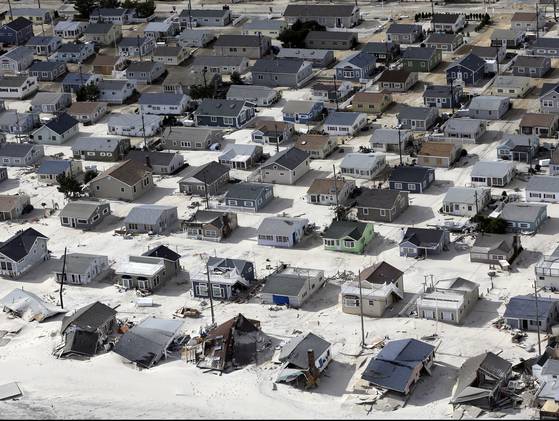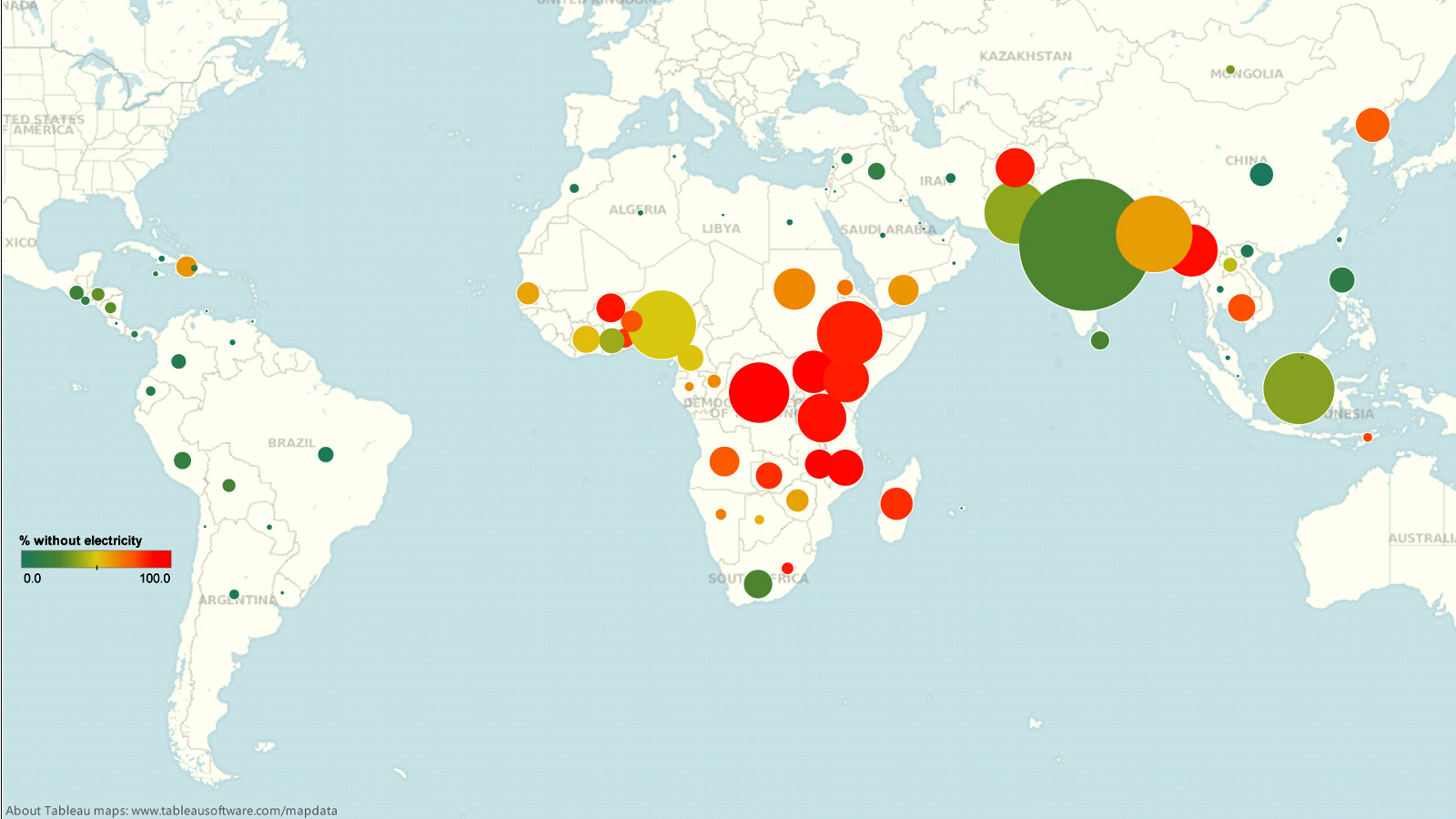Editor's note: This is a guest post by Stéphane Hallegatte, Senior Economist, Sustainable Development Network, Office of the Chief Economist, The World Bank, offering a response to my recent WSJ op-ed on "Hurricane" Sandy. Comment welcomed -- Thanks Stéphane!
The storm Sandy is not unprecedented. Similar events occurred in the past, and this storm is not a consequence of climate change. The Intergovernmental Panel on Climate Change stresses that it is impossible to make a causal link between one event and climate change (1). Roger Jr. Pielke, in an Op-Ed in the Wall Street Journal (2), pushes the argument further and claims that Sandy should not influence the discussion on climate change.
His argument is convincing: he has shown that population and economic growth and migrations toward risky areas explain the trend in disaster losses in the US (3). Because current land regulations allow new developments in flood prone areas that lead to the recent increase in damages, he concludes that we should focus on them, not on climate change.
The facts are correct, but I would like to discuss the policy conclusion. In the US, the first death risk factor is smoking, with more than 400,000 annual deaths attributed to it (4). But does it mean that nothing should be done about other factors, such as unbalanced diets? Of course not. It is not because you do one thing wrong (land regulations or smoking), that you absolutely need to do everything wrong (energy policy or food habits).
First, risk factors plays through different channels. Smoking and eating too much have different effects and increase death probabilities in different ways, exactly like climate change and inappropriate land regulations increase disaster losses through different channels. The former increases the likelihood of high water levels; the latter increases the consequences of these high water levels.
Second, risk factors do not overlap completely. Smoking does not only increase death probability, it also reduces physical performance. In the same way, climate change does not only increase disaster risk, but also threatens biodiversity, food production, and the landscapes we know. Inappropriate land regulations do not only increase damages from hurricanes, they also increase dependency to cars and foreign oil, and increase the cost of providing infrastructure services. There are thus good reasons to improve both climate change policies and land regulations.
And finally, risk factors are not independent. Smoking may be more dangerous for an overweight person. In the same way, bad land regulations are more costly if climate change is not mitigated, and climate change will be much more dangerous is land regulations are not fixed. So, the different drivers interact closely, and need to be considered together in policy design.
In the same way a healthy lifestyle includes a balanced diet and to stop smoking, the best policy to reduce disaster losses will use land regulation (and hard defenses) and climate policies. There is moreover no reason to search for the dominant driver of future disaster losses (climate change or bad land regulation?). Indeed, the balance between the actions on the two drivers will not depend on which one is responsible for most of the increase in damages, but on their relative cost-effectiveness to reduce future losses.
The timescales of these two options are different: emission reductions need a few decades to influence disaster risk, but then the effect lasts for centuries. Hard protection and land regulation can be quicker, but there is only so much they can do, and they require maintenance forever. In the absence of additional emission reductions to limit global warming, the most intense hurricanes are likely to become more frequent, and sea level will keep rising over the 21st century, possibly reaching more than one meter over the 22nd and 23rd century (1). What kind of land regulations and coastal defenses will New York City need by then?
There are limits to what coastal defenses and land regulations can achieve. Some like the idea that we build in risky areas because of “wrong incentives”, namely flood insurance subsidies through the National Flood Insurance Program. According to them, removing these incentives would solve the problem.
“Wrong incentives” exist and play a role – this is obvious – but unfortunately they cannot explain the current trend in risk exposure alone. Flood losses are on the rise in almost all countries, including those that have no flood insurance system (5). And if insurance claims help pay for rebuilding, they cannot compensate for all the losses. Getting flooded is a tragedy, with or without insurance.
People move toward risky areas because this is where better jobs and higher incomes are. And they are there because growing sectors are in coastal areas – driven by harbors and global trade – and in cities – that are usually located next to rivers and coasts and thus in flood prone areas. Would financial sector professionals quit their high-wage jobs in Manhattan in the absence of flood insurance? Would their employers move their headquarters to the Great Plains? Would the beach club owner in New Jersey move her business two miles inside the country?
Better land regulations may be able to decrease flood exposure, but they cannot do so in a significant manner – in the absence of a large-scale buys-out and house destruction program that appears extremely unlikely (6).
Flood exposure will not disappear anytime soon, even if land regulations are improved and bad incentives are removed. So even if climate change is not the dominant driver of hurricane and flood losses in the future, it may well be an efficient lever to reduce future damages, especially over the long term. Better risk management is badly needed in most of the world. But it would be absurd to use only one tool when we can use two.
Endnotes
(1) Intergovernmental Panel on Climate Change,
Managing the Risks of Extreme Events and Disasters to Advance Climate Change Adaptation (SREX), 2011.
(2) Roger Pielke:
Hurricanes and Human Choice. The Wall Street Journal. October 31, 2012.
(3) Vranes, K. and Pielke, R. (2009). ”Normalized Earthquake Damage and Fatalities in the United States: 1900–2005.” Nat. Hazards Rev., 10(3), 84–101. doi:10.1061/(ASCE)1527-6988(2009)10:3(84) (
PDF)
(4) Danaei G, Ding EL, Mozaffarian D, Taylor B, Rehm J, et al. (2009) The Preventable Causes of Death in the United States: Comparative Risk Assessment of Dietary, Lifestyle, and Metabolic Risk Factors. PLoS Med 6(4): e1000058. doi:10.1371/journal.pmed.1000058.
(5) Hallegatte, S., 2011.
How economic growth and rational decisions can make disaster losses grow faster than wealth, Policy Research Working Paper 5617, The World Bank; and the Vox-Eu column,
(6) The French experience after the storm Xynthia on its Atlantic coast is not encouraging – the retreat strategy (more than 700 houses were supposed not to be rebuilt) was largely disrupted by political issues. If you read French, see Przyluski and Hallegatte (2012),
Gestion des risques naturels, Quae Editions.




































